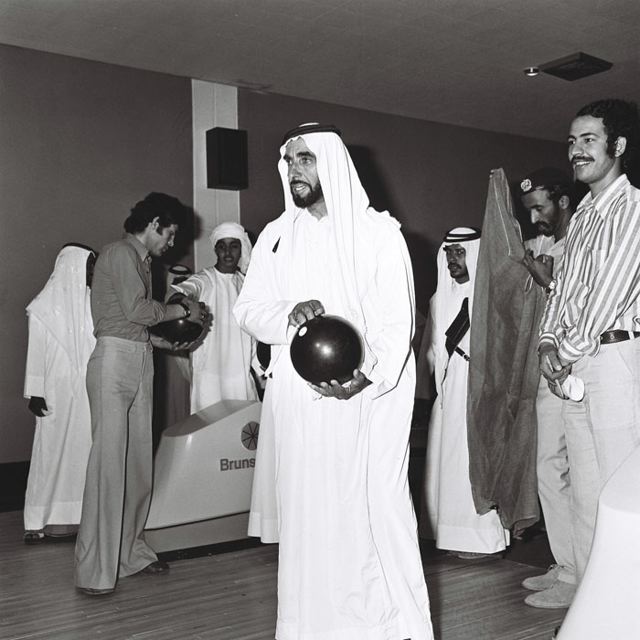I know it seems odd to not completely recall for sure, but I’m only fairly certain that in the aughts I interviewed the Professional Bowlers Association’s then-chairman Steve Miller, an erstwhile Nike executive who was charged with trying to rescue the formerly popular TV sport from the scrapheap. He encouraged his stars to scream for attention, to talk trash like pro wrestlers, to get into the gutter if need be. The games wouldn’t be fixed, but the sport would. But any gains have been marginal.
Anyone now a senior citizen can likely recall a time when top bowlers were envied for their earning prowess by NFL running backs, when Earl Anthony was as revered as Earl Campbell. Stunning, but true. The opening of “The Rise and Fall of Professional Bowling,” Zachary Crockett’s Priceonomics post:
“There was a time when professional bowlers reigned supreme.
In the ‘golden era’ of the 1960s and 70s, they made twice as much money as NFL stars, signed million dollar contracts, and were heralded as international celebrities. After each match, they’d be flanked by beautiful women who’d seen them bowl on television, or had read about them in Sports Illustrated.
Today, the glitz and glamour has faded. Pro bowlers supplement their careers with second jobs, like delivering sod, or working at a call center. They share Motel 6 rooms on tour to save on travel expenses, and thrive on the less-than-exciting dime of beef jerky sponsorships.
Once sexy, bowling is now synonymous with cheap beer and smelly feet. In an entertainment-saturated culture, has the once formidable sport been gutter-balled? What exactly is it like to be a professional bowler today?”
______________________________
In the 1970s, AMF, the sporting-goods manufacturer, sold a computer system and printer that would tabulate rankings of bowling leagues with the push of a button–the DataMagic Bowling Data Computer.
Tags: Steve Miller, Zachary Crockett

